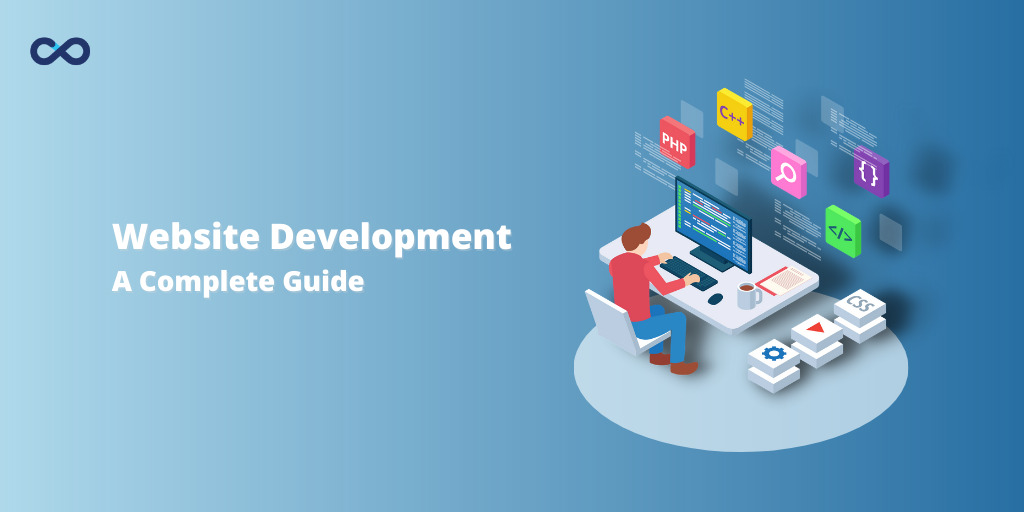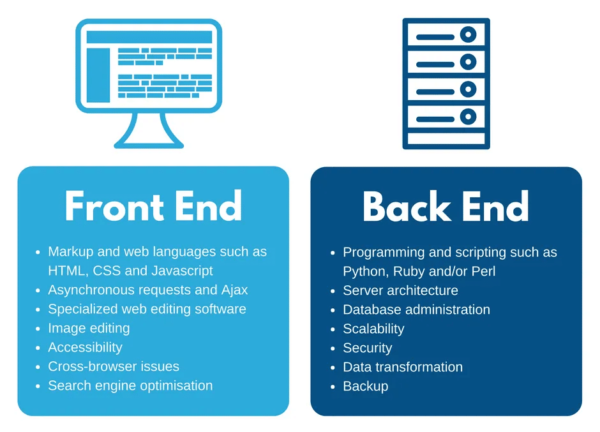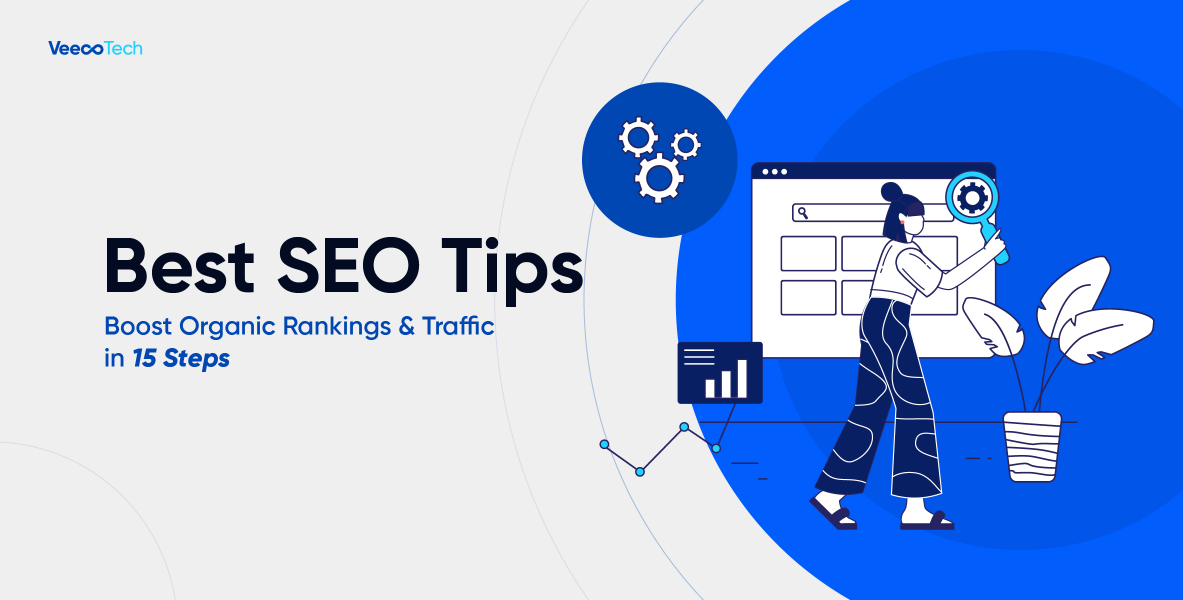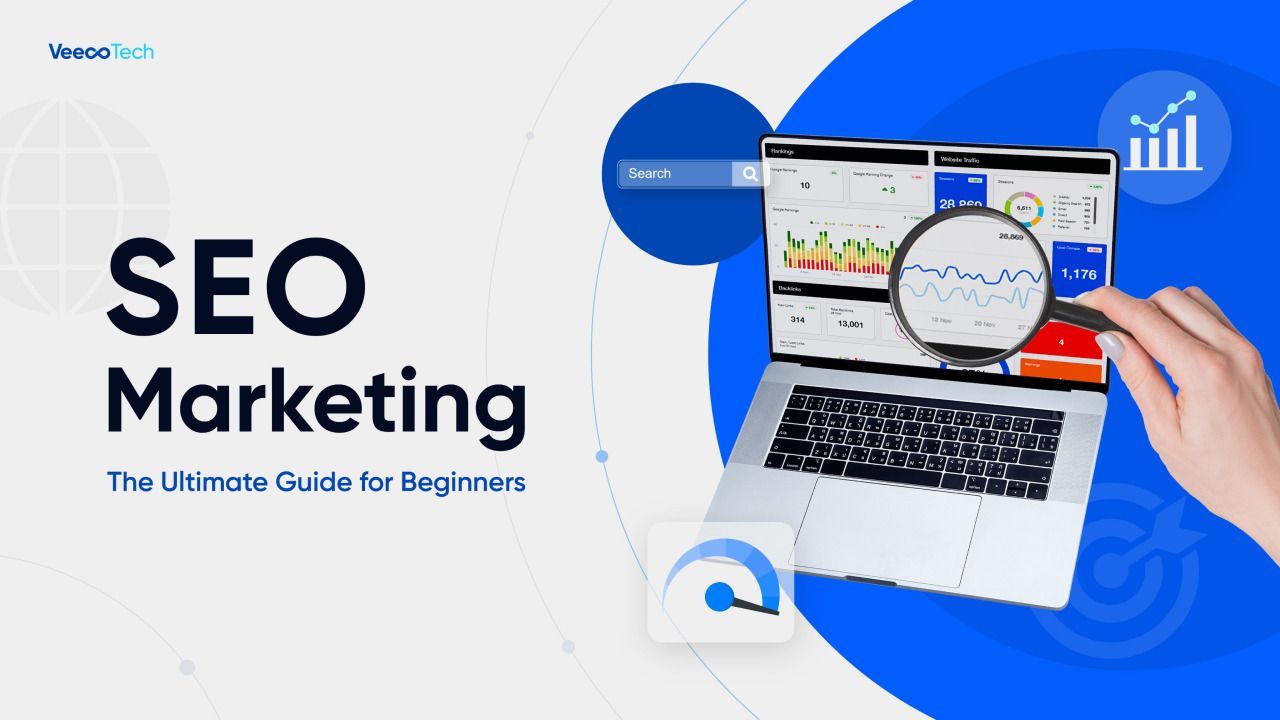Website Development: A Complete Guide
Today, it is an essential aspect of building websites and web applications.
In this article, we’ll delve deeper into web development, covering the basics of web development, the process, the different types of web development services available, and the benefits of working with a web development company.
Basics of Web Development
The process of creating websites and web applications involves utilising programming languages and frameworks in web development. The process starts with the design of the website or application, followed by the development of the website’s front-end and back-end components.
In software development, front-end development focuses on creating the user interface, while back-end development involves designing and implementing the server-side functionality.
Web development requires knowledge of programming languages such as HTML, CSS, and JavaScript, as well as back-end languages like PHP, Python, Ruby, and Java.
In addition, web developers use frameworks and libraries to simplify the web development process and improve efficiency. Some of the most popular front-end frameworks include React, Angular, and Vue.js, while back-end frameworks like Ruby on Rails, Django, and Express.js are widely used.
Source: Kinsta
Front-End vs. Back-End
Front-end development focuses on the user interface of the website or web application. Front-end developers use HTML, CSS, and JavaScript to create web pages and enable user interaction.
HTML is used to structure the content on a web page, CSS is used to style the web page, and JavaScript is used to add interactivity to the web page. Front-end developers also use various libraries and frameworks such as React, Angular, and Vue.js to make the development process more efficient.
Back-end development deals with the server-side of a website or web application. Back-end developers use programming languages such as PHP, Python, Ruby, and Node.js to create the server-side code that enables the website or web application to communicate with the database and handle user requests. They also use frameworks and tools such as Express, Django, and Laravel to make the development process more efficient.
Apart from these three main types, web development services can also be categorised based on the type of web development technology used, such as WordPress development, Shopify development, and Magento development. These technologies are used to build websites and web applications for specific purposes, such as e-commerce, content management, and online marketing.
Web Development Process
Web development process may differ based on the scope and intricacy of the project. However, most web development projects follow a basic process. The process includes:
Planning: In the planning phase, the project requirements are defined, and the scope of the project is established. This involves identifying the target audience, the website’s purpose, and the features and functionality required.
Design: In the design phase, the website’s layout, user interface, and overall appearance are designed. This includes creating wireframes and prototypes to visualise the website’s design and layout.
Development: During the development stage, both the front-end and back-end elements of the website are constructed. Front-end development involves coding the website’s user interface using HTML, CSS, and JavaScript, while back-end development involves coding the server-side functionality using a back-end language like PHP or Python.
Testing: In the testing phase, the website is tested for functionality, performance, and usability. This involves checking for bugs and ensuring that the website works as intended.
Launch: In the launch phase, the website is deployed to the production environment. This involves setting up a web server, configuring the website’s domain name, and uploading the website’s files to the server.
Maintenance: Once the website is launched, it necessitates continuous maintenance. This includes updating the website’s content, fixing bugs, and ensuring that the website remains up-to-date with the latest web technologies and standards.
Overall, the web development process is a complex and iterative process that requires collaboration between various stakeholders, including designers, developers, content creators, and project managers. The process involves a range of skills and techniques, from coding and design to project management and communication.
Types of Web Development Services
There are different types of web development services available, each tailored to specific needs.
E-commerce development: E-commerce development encompasses the creation of virtual marketplaces and online stores. This requires knowledge of e-commerce platforms like Magento, Shopify, and WooCommerce, as well as payment gateways and shipping integrations.
Content management system (CMS) development: The process of CMS development involves building platforms that enable organisations to manage and maintain the content of their websites. This requires knowledge of CMS platforms like WordPress, Drupal, and Joomla, as well as plug-ins and extensions that extend the functionality of these platforms.
Mobile app development: Mobile app development is the process of designing and building native or hybrid applications for mobile devices running on iOS and Android platforms. This requires knowledge of mobile development platforms like React Native, Flutter, and Xamarin, as well as the programming languages and frameworks used to develop these applications.
What is a Web Development Company?
A web development company specializes in development and offers web development services to businesses and organisations. Working with a web development software house can have many benefits, including:
Expertise: Web development software houses employ experienced and skilled developers who specialise in different aspects of web development. This ensures that the project is handled by experts who have the necessary skills and knowledge to deliver high-quality results.
Efficiency: Web development software houses use the latest tools and technologies to streamline the web development process, reducing the time and cost of the project.
Quality: Web development software houses are focused on delivering high-quality results. They have established processes and procedures in place to ensure that the project is delivered on time and meets the client’s requirements.
Conclusion
The web development process includes planning, design, development, testing, and launch. Working with a web development software house can provide many benefits, including expertise, efficiency, quality, and ongoing support.
Moreover, web development is a complex and dynamic field that requires a range of skills and expertise. Web developers must have a deep understanding of programming languages, frameworks, and tools, as well as design principles and user experience.
They must also keep up-to-date with the latest web technologies and standards to create websites and web applications that are efficient, secure, and user-friendly.













Leave A Comment